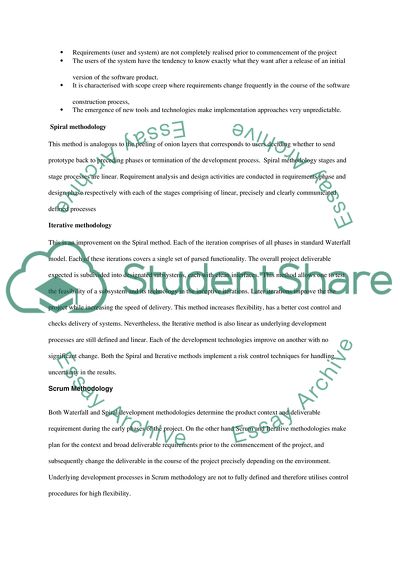Cite this document
(“Software engineering Module assessment 2 Assignment”, n.d.)
Retrieved from https://studentshare.org/information-technology/1691776-software-engineering-module-assessment-2
Retrieved from https://studentshare.org/information-technology/1691776-software-engineering-module-assessment-2
(Software Engineering Module Assessment 2 Assignment)
https://studentshare.org/information-technology/1691776-software-engineering-module-assessment-2.
https://studentshare.org/information-technology/1691776-software-engineering-module-assessment-2.
“Software Engineering Module Assessment 2 Assignment”, n.d. https://studentshare.org/information-technology/1691776-software-engineering-module-assessment-2.


